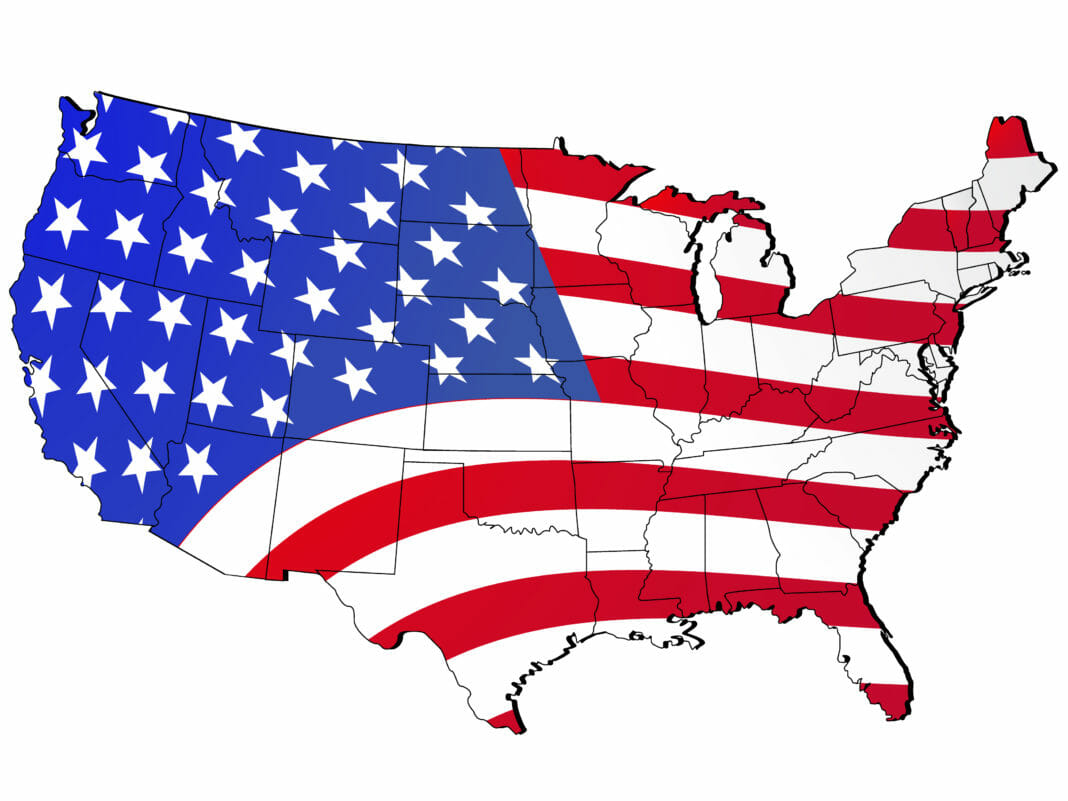The government approved a list of 20 new technologies, including blockchain.
New developments would be prioritized over possible advances from China and Russia.
The United States government is stepping on the accelerator in the race to develop projects with the so-called distributed ledger technology (DLT) or blockchain. The administration of President Donald Trump released its National Security Strategy (NSS) with critical and emerging innovations on Thursday.
The document mentions up to 20 technologies that will have priority, among which in addition to blockchain, there are also: artificial intelligence, biotechnologies, advanced computing, space technologies, autonomous systems, nuclear mitigation technologies, medical and public health innovations.
The goal of US authorities is to lead big research and be the total innovators for “economic growth and national security.” On this point, the rivalry it maintains with other nations such as China and Russia is mentioned.
“Our market-oriented approach will allow us to prevail against state-run models that produce waste and do not incentivize innovation. We will also protect ourselves from unfair competition and avoid the use of our technology for authoritarian activities”, highlighted the report released by the White House.
It is not clear which are the areas where DLTs would have the greatest use or impact. However, the document emphasizes that the country will seek to take advantage of opportunities to benefit from the technological panorama and “stay ahead of strategic competitors.”
The United States and China, head to head in the blockchain race
The statement comes just three days after the firm PricewaterhouseCoopers (PwC) revealed that both China and the United States would be the hubs of the global blockchain industry in the next decade.
Although the United States has not mentioned the sectors that could benefit from DLTs, according to PwC’s analysis, blockchains would play a leading role in multiple areas. These would be: tracking and tracing of products, payments, and financial services, identity, contracts, and resolution of disputes and commitments with customers.
President Trump’s go-ahead comes a year after his Chinese counterpart, Xi Jinping, announced that his country had to take the lead in blockchain development. A CriptoNoticias report, released in October last year, cites the statements of the Asian head of state.
“We must clarify the main direction, increase investment, focus on several key technologies, and accelerate the development of blockchain and industrial innovation technologies,” Jinping stressed at the time.
China not only leads the United States in its political readiness to adopt blockchain. The country also has a project underway that would make it the first to officially use a central bank digital currency (CBDC), the digital yuan.
The so-called DLT or blockchains are original to Bitcoin technology, a distributed digital cryptographic system that gives life to the first cryptocurrency on the market.
Its innovation allows two or more people (or entities) to carry out transactions without the intervention of trusted third parties or intermediaries. The operations are recorded in an immutable “ledger” and any participant can consult them.
By: Jenson Nuñez.











